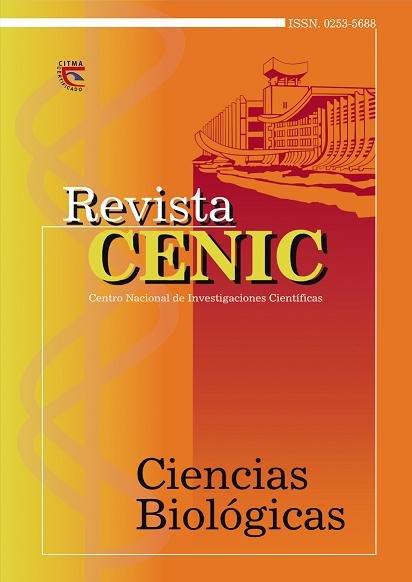Evaluation of a formulation for the conservation of Pseudomona aeruginosa strains
Abstract
Humanity has the historic responsibility to solve one of the most important issues of the present time: the environment preservation. While the conservation of plants and animals has been accepted since long time ago, the need of preserving the microbial diversity has received a proper acknowledgement just recently. LIORAD Laboratories have a collection of microbiological cultures obtained from primary subcultures of reference strains, where Pseudomonas aeruginosa was kept freeze-dried using two variants of lipoprotection: 1. Skimmed milk and 2. Glycerol at 20 %. As currently mixtures of additives are widely used, it was evaluated as main goal of the present work a third formulation alternative: Skimmed milk plus peptone at 5 %, which was selected from previous published studies from other authors. In order to check culture preservation an adequate quality control was implemented, which included verification of purity, viability and stability of other key properties (physiological and biochemical). A statistical treatment were performed, using Minitab, V 14.0, for checking if there were significant difference between used lipoprotection variants. Purity and identity showed no variations for the three alternatives, viability in variant 1 as well as in variant three allowed a good survival during the study, which was not the case by using glycerol at 20 %. Statistical results showed there was no significant difference between these variants for 95 % confidential level. By the end of the study it was haven two variants for preserving such strain for a long period of time, the use of skimmed milk at 20 % and the formulation object of the present study.
Downloads

Downloads
Published
How to Cite
Issue
Section
License

This work is licensed under a Creative Commons Attribution-NonCommercial-ShareAlike 4.0 International License.
Los autores que publican en esta revista están de acuerdo con los siguientes términos:
Los autores conservan los derechos de autor y garantizan a la revista el derecho de ser la primera publicación del trabajo al igual que licenciado bajo una Creative Commons Atribución-NoComercial-CompartirIgual 4.0 Internacional que permite a otros compartir el trabajo con un reconocimiento de la autoría del trabajo y la publicación inicial en esta revista.
Los autores pueden establecer por separado acuerdos adicionales para la distribución no exclusiva de la versión de la obra publicada en la revista (por ejemplo, situarlo en un repositorio institucional o publicarlo en un libro), con un reconocimiento de su publicación inicial en esta revista.
Se permite y se anima a los autores a difundir sus trabajos electrónicamente (por ejemplo, en repositorios institucionales o en su propio sitio web) antes y durante el proceso de envío, ya que puede dar lugar a intercambios productivos, así como a una citación más temprana y mayor de los trabajos publicados (Véase The Effect of Open Access) (en inglés).














